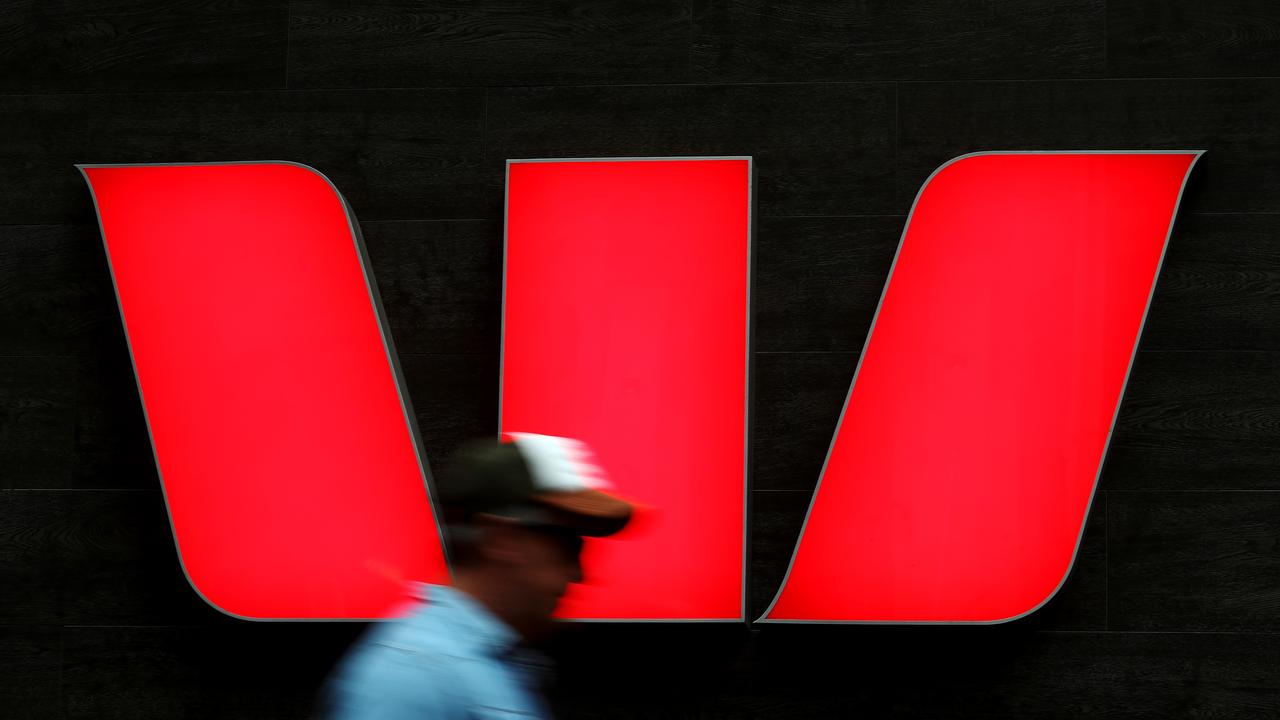New markets boss for ANZ as bank battles BBSW manipulation claims
There are two things to note about the confirmation by ANZ that Shayne Collins will lead the markets division.
The first is the spelling of Collins’ first name with a “y”.
This is clearly official bank policy under new chief executive Shayne Elliott, although the determined holdout position of deputy chief financial officer Shane Buggle is all the more impressive given he’s a contender to fill the CFO position vacated by Elliott.
More important — for some, at least — is Collins’ background.
The markets boss comes from risk, which means the party days in the markets division are well and truly over.
ANZ, like Westpac, has said it will “vigorously” defend civil allegations by the corporate watchdog that it disadvantaged customers by manipulating the nation’s benchmark interest rate, the bank bill swap rate. However, it accepts that the culture in the freewheeling markets division went completely off the rails.
In November 2014, while the ASIC investigation was under way, ANZ suspended seven staff involved in markets trading pending an internal investigation.
Three of the seven were later dismissed due to “inappropriate electronic communications and serious breaches” of the bank’s code of conduct, with the remaining four reinstated last month.
Collins’ elevation is the third leadership change in the division since late last year.
The larger-than-life Steve Bellotti resigned, effectively immediately, in November 2015.
Bellotti’s successor Eddie Listorti left in February to start his own fund, with Collins acting as interim chief until yesterday.
Institutional boss Mark Whelan made it clear exactly what he wanted from Collins, lauding his “integrity and strong values”.
In the meantime, the BBSW case is making its way through the Federal Court system.
Late on Friday, the Australian Securities & Investments Commission lodged more documents with the court, setting out details of 15 transactions from recorded phone calls between bank staff in addition to the single transaction explored in the initial statement of claim.
ASIC will formally respond today to legal questions about its case from ANZ.
While National Australia Bank and Commonwealth Bank have so far avoided the regulator’s wrath, speculation is intensifying that NAB will be the next major bank targeted in the BBSW probe.
The rumour mill suggests a case will be lodged against NAB before the end of the month.
Exotic complications
Of ANZ’s four main partnership interests in Asia, the 20 per cent stake in Shanghai Rural Commercial Bank, worth almost $2 billion as of last September, is the best prospect for a clean sale before the end of the year.
Goldman Sachs has the task of finding a buyer.
The other three assets — 39 per cent of Bank Pan Indonesia (Panin), 24 per cent of Malaysian lender AMMB Holdings (Ambank) and 12 per cent of Bank of Tianjin in China — all have complications, some more exotic than others.
The AmBank scandal involving $US1.05 billion ($1.4bn) of money transfers into Malaysian Prime Minister Najib Razak’s accounts has few equals for political and financial intrigue.
While many of the key events were outside ANZ’s direct control, that’s not the case at Panin, where ANZ continues to pay a heavy price for the lack of courtesy shown by a previous management regime to the bank’s founding family, the Gunawans. For whatever reason, ANZ’s then-Asia boss Alex Thursby failed to inform Panin’s controlling family in 2009 that it planned to top up its 29 per cent holding, when it paid $166 million for a further 8.3 per cent stake and bought more shares on-market.
There are suggestions that Thursby had bigger plans, possibly involving a merger between Panin and ANZ’s own Indonesian operation. If so, the deal never came to fruition, leaving ANZ’s relationship with the Gunawans somewhat fractured, to say the least.
Now that ANZ is keen to divest its $900m stake, and has been for some time, the Gunawans have not really been bending over backwards to assist.
The death of Tjitrawati Gunadai, wife of Panin’s founder Mu’Min Ali Gunawan, has added to delays in the sale process, which envisaged that potential buyers would make an offer earlier this year.
On the margins
One of the disappointments of the interim profit reporting season for the major banks was the weak margin trend, particularly after the industry’s round of out-of-cycle rate rises. The net interest margin was almost flat, up a single basis point to 2.04 per cent.
Unfortunately for the banks, the margin pressure won’t abate any time soon.
Banks are required to hold deeper buffers of expensive liquid assets under new regulatory requirements, and the low interest rate environment depresses the industry-wide margin, as well.
On top of that, the cost and profile of funding will assume increasing importance ahead of the 2018 introduction of the net stable funding ratio.
The NSFR, which is designed to strengthen the resilience of banks, will have a wide variety of effects.
While there will be an impact on the business mix of banks, it will also lengthen the duration of wholesale funding and lead to a preference for more stable deposit funding.
In a poisonous political environment, with the possibility of a banking royal commission depending on the outcome of the July 2 election, the pricing power of the banks in relation to their politically sensitive mortgage portfolios will again be tested.
gluyasr@theaustralian.com.au Twitter: @Gluyasr



There are two important things to note about yesterday’s confirmation by ANZ that Shayne Collins will lead the trouble-plagued markets division, after acting in an interim capacity since February.